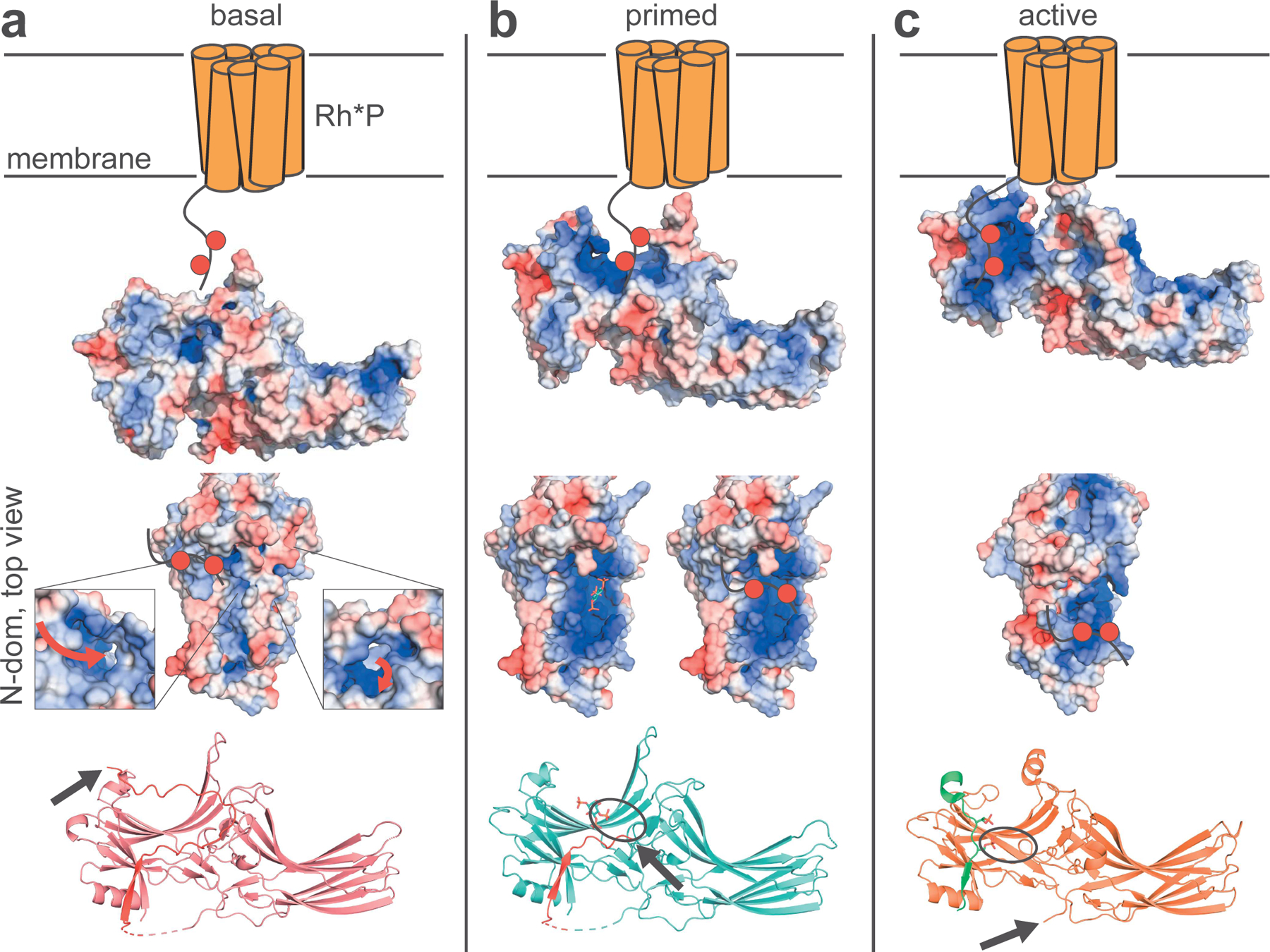Figure 8. InsPs displace Arr1 C-tail, priming the protein and modeling how the Rh*P C-terminus can prime and then activate Arr1.

(A) The C-tail of basal Arr1 creates a binding pocket or tunnel to attract negative charges near the mid-point of the protein. When the phosphate sensor interacts with InsPs or Rh*P, it releases the C-tail spanning the N-domain cavity (orange receptor is Rh*P; red circles on the C-terminus of Rh*P represent phosphate groups; red arrows show the possible path of phosphate binding; the black arrow denotes the end of the Arr1-C-tail, which is highlighted in red). (B) The C-tail is further displaced by the ligand, opening up the basic patch across the N-domain (interactions between phosphates and the lariat loop are denoted by black ovals). (C) After complete C-tail displacement, the phosphorylated C-terminus of Rh*P can traverse the basic patch toward the N-terminus of Arr1 to form a stable contact, dragging the lariat loop of Arr1 away from the center of the protein and disrupting the polar core, thereby causing activation (Rh*P C-terminus highlighted in green).
